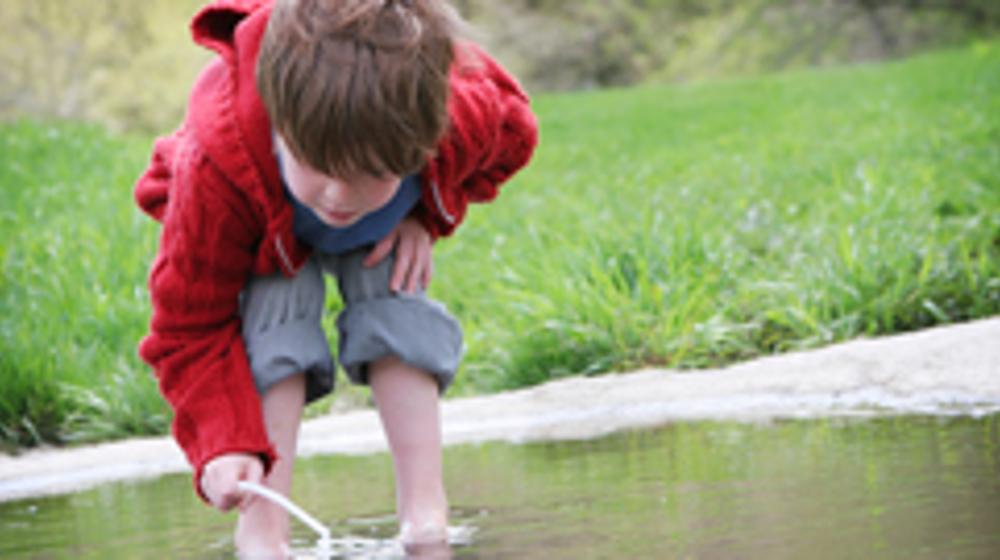-
-
-
-
-
-
-
-
-
Lakes, rivers, and streams
-
-
-
-
-
-
-
-
-
-
Everyone wants lakes, rivers and streams that are safe to swim in, gather food from, and that support healthy ecosystems.
Land use such as agriculture, forestry and urban expansion increases the level of contaminants, including nutrients, heavy metals and sediment, entering our waterways. This can have detrimental effects on water quality.
Diverting, controlling and extracting water all change the natural flow in, and between, waterways. This can impact freshwater species and ecosystems.
Water quality in rivers across Otago shows a clear spatial pattern related to land cover and land use. Water quality is best at river and stream reaches located in high or mountainous areas with predominantly native vegetation cover. These sites tend to be associated with the upper catchments of larger rivers (for example, Clutha River/Matau‐Au, Taieri River and Lindis River) and the outlets from large lakes (for example, Hāwea, Whakatipu and Wānaka). Water quality is generally poorer at sites located on smaller, low-elevation streams that drain pastoral or urban catchments.
ORC's environmental monitoring team undertakes monthly testing at sites across the region, which enables the state and trends of water quality to be tracked over time. The results are analysed and published in State of the Environment reports (SOE) which can be found on our water care reports and publications page.
Like all regional councils, ORC provides SOE information to Land Air Water Aotearoa (LAWA) to add to their national database. Check Otago results on lawa.org.nz. During summer months, LAWA also shows information about water quality of popular swimming spots in the region. This is collected weekly and is different from SOE data, which gives a longer-term view of water quality.
Our current water plan includes rules that are designed to give farmers, foresters and other rural landholders the freedom to manage their land to ensure good water quality in Otago waterways. This water plan is now under review.

Water plans and policies
Water is the first priority of the Otago Regional Council. Our Regional plan and Land & Water Regional plan are two documents that we use to help develop rules and regulations which will help communities protect our water for generations to come.

Water quality
Otago has some of the best water quality in New Zealand and we want to keep it that way. We carry out water quality monitoring of popular swimming spots throughout summer and the results are available here on LAWA.

Whitebait — what you need to know
Between 1 September and 30 October you can fish for this delicacy, but please remember that whitebait numbers are in decline so take only what you need and make sure you protect their habitat so there are plenty more to catch in future years.
The government is committed to stopping further degradation and to restore our waterways to a healthy state within a generation. As part of this commitment, in August 2020, the “Action for Healthy Waterways” reform package was announced.
The healthy waterways reform package includes:
- New National Policy Statement for Freshwater Management (NPS-FM 2020), replacing the current NPS-FM 2014
- New National Environmental Standards for Freshwater (NESFW)
- New stock exclusion regulations under section 360 of the Resource Management Act 1991 (RMA)
- Amendment to the Resource Management (Measurement and Reporting of Water Takes) Regulations 2010; and
- Changes to the Resource Management Act 1991 to require freshwater modules in farm plans in the future.
Some of the rules and regulations apply now, while there is a longer timeframe for others.

Environmental Data Portal (EDP)
You can find the results of monthly water quality monitoring in the environmental data portal.

Water data
Looking for water information? Need to know the rainfall or flow summaries for Otago? Or need help reading water graphs or what flow means? Our water information help page has a simple guide to water monitoring information and where to get your water data from the Environmental Data Portal (EDP).
